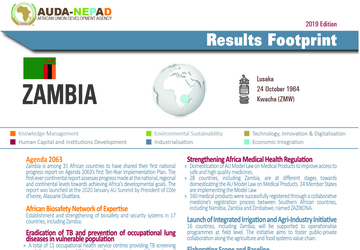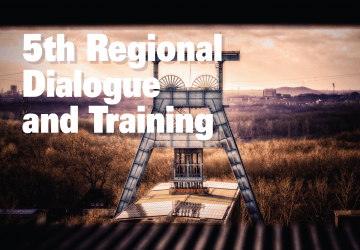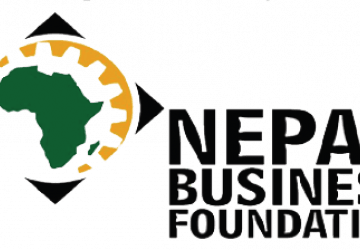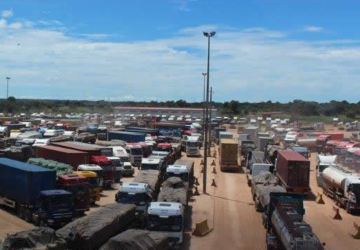 Zambia
Zambia
Official Name: Republic of Zambia
Capital: Lusaka
Independence Day: 24 October 1964
Currency: Kwacha (ZMW)
Key Result
Zambia is among eight AU Member States to have introduced Kaizen Management following the endorsement of the importance of Kaizen principles by AU Heads of State in 2016. Kaizen focuses on promoting advocacy at policy level; developing Centres of Excellence; standardisation of Kaizen principles; and strengthening of networking and linkages. Its implementation is supported by NEPAD and JICA.
Zambia was among 10 countries where a skills audit and youth employment creation study was conducted.This exercise addressed the Rural Futures Programme’s objective of reducing rural poverty and employment challenges.
Zambia forms part of 16 other African countries that has been supported in the set-up and management functional biosafety systems for the safe use of modern agricultural biotechnology.
Zambia has benefited from funding of 6.0 M EUR secured from the EU to support capacity development, research and innovation in water and sanitation in the Southern and West Africa regions through the NEPAD African Networks of Water Centres of Excellence.
The Lusaka-Lilongwe ICT Terrestrial Fibre Optic project aims to reduce landed prices of internet capacity and as well provide additional capacity.
A study was undertaken in six African countries with Zambia being one of them to identify the most appropriate agricultural best practices towards adaptation to climate change.
Zambia received 31.1 million USD from the Global Agriculture and Food Security Programme (GAFSP) to improve food production, develop value chains, and build capacity in districts with the highest levels of poverty and food insecurity.
Related
Projects

A critical AU Model Law aimed at harmonizing medical products regulatory systems in Africa was endorsed by African Heads of State and Government at the January 2016 AU Summit in Addis Ababa, Ethiopia. The AU Model Law will contribute towards accelerate the regulation of safe, quality and affordable medical products and technologies in Zambia.
Following a successful ZAZIBONA Assessors meetings in 2015, a total of 103 products were reviewed. As a result, the ZAZIBONA Heads of Agencies (HoA) recommended a total of 28 products for registration within SADC member states. As a participating member, Zambia successfully registered a total of 11 products and remains committed to the harmonization of medical products registration. The ZAZIBONA HoA also recommended 14 products for non-registration while 61 are pending. The ZAZIBONA scheme is part of the SADC Framework for Regulatory Harmonization and was endorsed by the SADC Regulators Forum. A further four (4) ZAZIBONA Assessors meetings will be held in 2016.

NEPAD – SADC Regional Food & Nutrition Security Knowledge-Sharing and Monitoring Platform

CAADP Compact: Zambia signed the CAADP Compact on 18 January 2011.
Capacity Building: NEPAD supported Zambia in March 2013 in conducting an Independent Technical Review (ITR). Zambia’s NAIP, which runs from 2014 to 2018, focuses on promoting sustainable natural resource management, improving productivity in livestock, crops and aquaculture, developing market access and services, achieving food and nutrition security and improving disaster risk management.
Zambia also received support on agriculture public expenditure studies and on agriculture joint sector reviews.
Business Meeting: Zambia’s first CAADP Business Meeting was held on 30 May 2013.
Funding: Zambia received funding from the Global Agriculture and Food Security Programme (GAFSP) to a tune of USD 31.12 million for financing investments in multiple districts where poverty and food insecurity are high.
Results:
- Farming is Zambia is now widely seen as a business rather than just a subsistence activity.
- There is also improved mobilisation of financial resources and greater development partner confidence in the sector.
AGRIBUSINESS AND AGRIFINANCE Project - Click here for more information


Project : TAH programme
Description : This is phase I of the continental connectivity programme that focuses on completion and standardisation of the TAH missing links by 2030
Project : Single African Sky phase 1 (design and initial implementation)
Description : Single African Sky is a continental programme that will create a high-level, satellite-based air navigation system for the African continent
Project : Yamoussoukro Decision implementation
Description : Accelerate Yamoussoukro Decision implementation by identifying countries that are ready to fully implement it, and discussing and agreeing with both their governments and airlinesto launch the voluntary club on a full membership basis;
Project : ICT Enabling Environment
Description : This programme would improve the environment for the private sectors to invest in high-speed broadband infrastructure
Project : ICT Terrestrial for Connectivity
Description : This programme has two main components: secure each country connection by at least two broadband infrastructure and ensure the access to submarine cable to all landlocked countries
Project : Internet Exchange Point (IXP) programme
Description : The aim of this programme is to provide Africa with adequate internet node exchange to maximise internal traffic
Project : North–South Power Transmission Corridor
Description : 8,000 km line from Egypt through Sudan, South Sudan, Ethiopia, Kenya, Malawi, Mozambique, Zambia, Zimbabwe to South Africa
Project : Batoka Hydropower (DFS)
Description : Hydroelectric plant with a capacity of 1,600 MW to enable export of electricity
Project : North-South Multimodal Corridor
Description : This programme is designed to modernize the highest priority multimodal ARTIN corridor in Southern Africa on modern standards and facilitate travel of people and goods across the borders between South Africa, Botswana, Zimbabwe, Zambia, Malawi and DRC
Project : Serenge-Nakonde Road (T2) (DFS)
Description : Contribute to the reduction of the cost of road transport along the North-South and Dar es Salaam Corridors and reduce accident losses for the transport of passengers and goods
Project : Lusaka-Lilongwe ICT Terrestrial Fibre Optic (DFS)
Description : Provide redundancy and reduce landed prices of internet capacity. Additional capacity (Secondary).
Project : Zambia-Tanzania-Kenya Transmission Line (DFS)
Description : Promoting power interconnection across the continent and facilitating the creation of a Pan African power market.
Project Name: Empowerment of African Women - Graca Machel Trust Fund (GMT) -Promotion of Women’s Rights
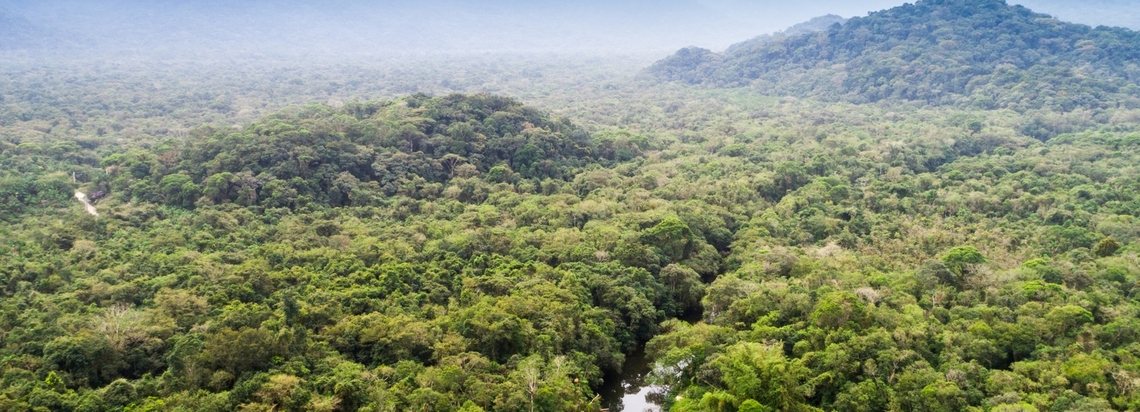

Mainstreaming Climate Change into National Agricultural and Food Security Investment Plans
• 17 Categories of CSA Technologies/Practices in Zambia for use by 3, 194, 700 farmers identified
• Draft compendium of CSA Technologies/Practices produced
• Draft National strategy to mainstream CSA into NAIP now in place

The ASTII project was introduced in Zambia in September 2007. Since project inception in the country, data on R&D core indicators was collected and published in the 1st African Innovation Outlook (AIO-2010). In addition, data for both R&D and Innovation indicators featured in the 2nd edition of 2014 (AIO2014).
Through in-country and regional trainings, a total of 19 officials were trained on international survey methodologies (OECD).
The country signed a grant agreement of USD50,000 (2008-2010) with SIDA for STI surveys.
Contact: Mr. Spriano Banda (sbanda@msvt.gov.zm), Principal Systems Analyst, Ministry of Education, Science, Vocational Training and Early Education & Mr. Humphrey K Kaunda (HKaunda@mcti.gov.zm), Senior Statistician, Ministry of Commerce, Trade & Industry.
Website: http://msvt.gov.zm

Project : Transmission – Zambia-Tanzania-Kenya Transmission Line Project
Countries/Region : Zambia, Tanzania and Kenya | East and Southern Africa regions
Project Location : Kabwe (Zambia) through Mbeya (Tanzania) to Isinya (Kenya) via Iringa, Singida and Arusha (all in Tanzania)
Sector/Subsector : Energy/Transmission
Project Description : Construction of a transmission line that will connect the Zambian grid to Kenya, via Tanzania, covering a distance of 2,200 km.
Project : Hydro – Batoka Gorge Hydropower Project
Countries/Region : Zimbabwe, Zambia | Southern Africa region
Project Location : Zambezi River Basin, between Victoria Falls and the Kariba Dam
Sector/Subsector : Energy/Generation
Project Description : A hydropower plant based in the Zambezi River Basin, with an installed capacity of 1,600 MW, to enable export of electricity.
Project : Transmission-- North South Transmission Line Project
Countries/Region : Egypt, Sudan, South Sudan, Ethiopia, Kenya, Uganda, Tanzania, Malawi,Mozambique, Zambia, Zimbabwe, South Africa, | East and Southern Africa
Project Location : Regional Interconnector-East and Southern Africa
Sector/Subsector : Energy/Transmission
Project Description : Construction of an 8,000 km, 3,000 - 17,000 MW capacity transmission line system from Egypt through Sudan, South Sudan, Ethiopia, Kenya, Uganda, Tanzania, Malawi, Mozambique, Zambia, and Zimbabwe to South Africa, connecting the Eastern Africa Power Pool (EAPP) and the SAPP.

Project : North-South Corridor Road/Rail Project
Description : Construction of a multi-modal trans-continental interconnector
Description : The use of political gravitas and goodwill to unblock and facilitate political bottlenecks affecting the implementation of ICT broadband and optic fibre projects on the continent

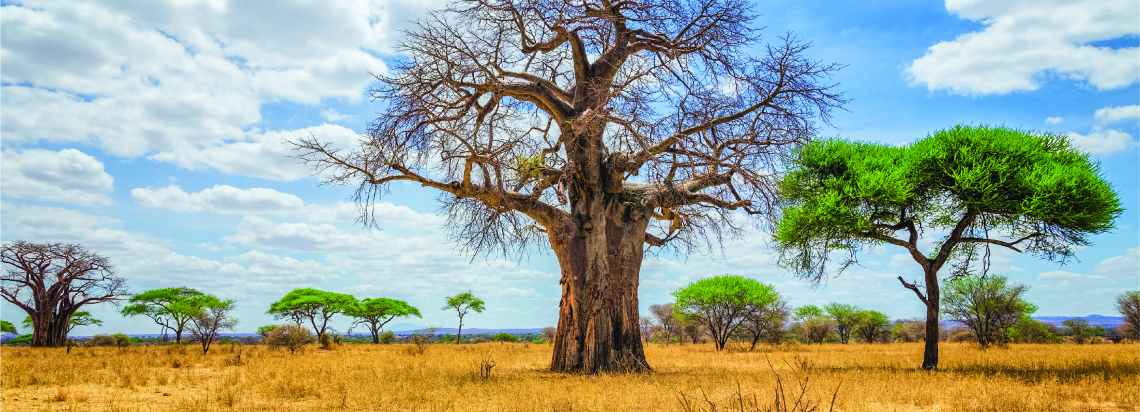
A country-led national SLM coalition has been strengthened on learning, monitoring, and investment planning, and a national-level SLM platform is active.
you agree to the AUDA-NEPAD Privacy Policy.

